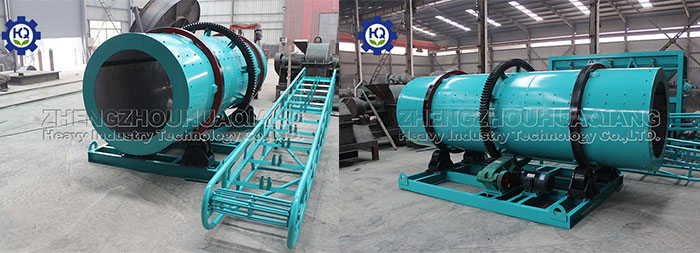
Different crops require fertilizer pellets of varying sizes, hardness, and nutrient release rates. Adjusting the rotary drum granulator’s settings helps produce customized fertilizers that better match crop needs and boost fertilizer efficiency.
1.Adjusting Pellet Size
Large pellets (3–5mm): Best for deep-rooted crops like corn or sugarcane. They release nutrients slowly, reducing waste.
Small/medium pellets (1–3mm): Ideal for shallow-rooted crops ( wheat, rice) as they dissolve and absorb quickly.
Micro-pellets (<1mm): Used in seedling substrates or drip irrigation for high nutrient efficiency.
How to adjust: Increase the rotary drum granulator’s drum speed for smaller pellets; add more spray liquid to help particles clump into larger pellets.
2.Controlling Granulation Moisture
High-moisture granulation: Suits organic fertilizers. Pellets are harder and ship well, but dissolve slowly.
Low-moisture granulation: Better for compound fertilizers. Pellets are looser, break down fast, and work as quick top-dressing.

How to adjust: Tune raw material moisture and hot-air temperature—raise drying heat if moisture is high; add more binder if moisture is low.
3.Setting Drum Tilt and Speed
Steeper tilt (5°–10°): Material moves faster through the drum, good for quick small-pellet production.
Gentler tilt (2°–5°): Material rolls longer, making denser pellets suited for larger sizes.
Speed tips: Higher speed gives more uniform pellets, but too high may break them.
In short, by scientifically controlling particle size, humidity and drum parameters, the rotary drum granulator can effectively improve fertilizer quality and crop absorption effect.